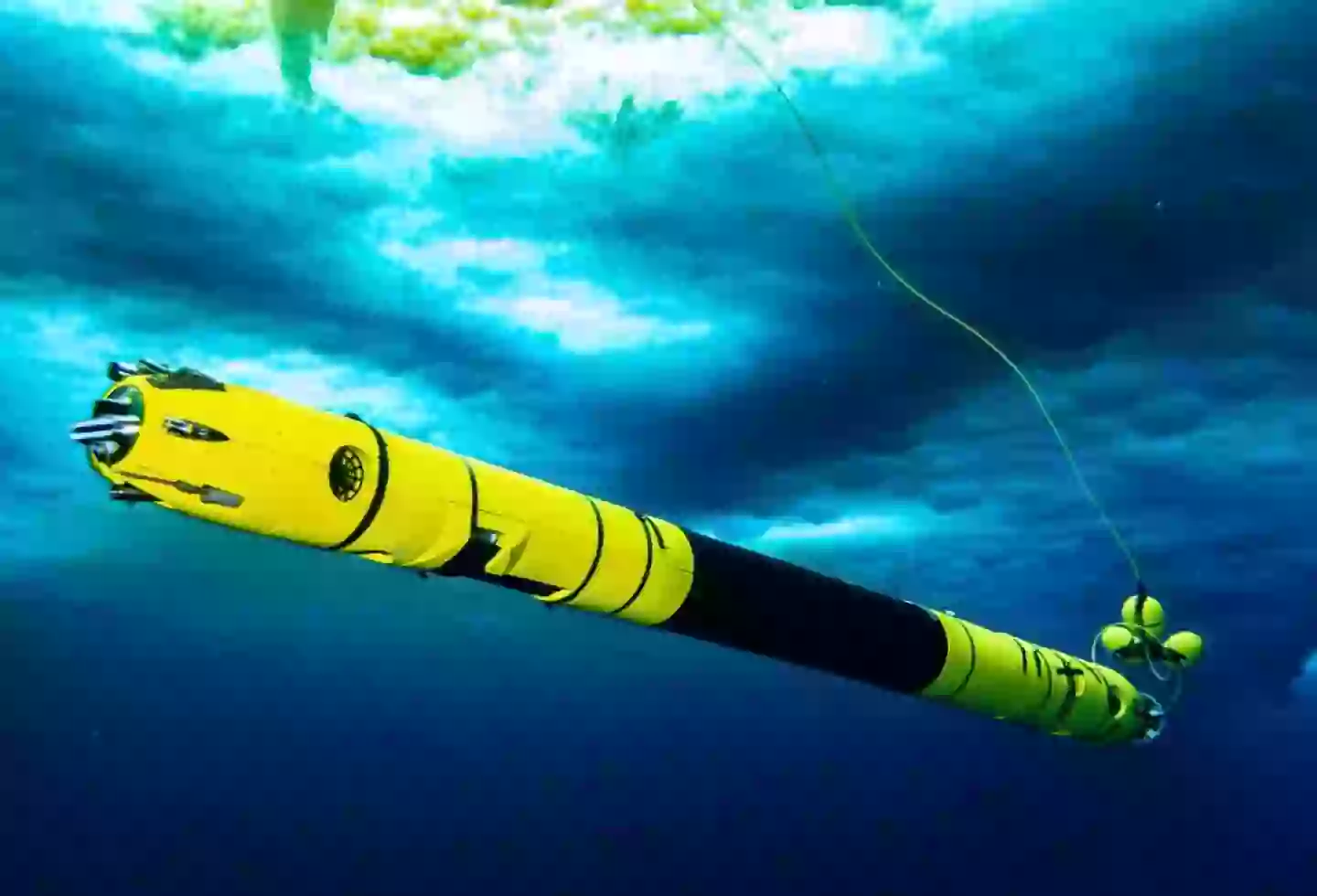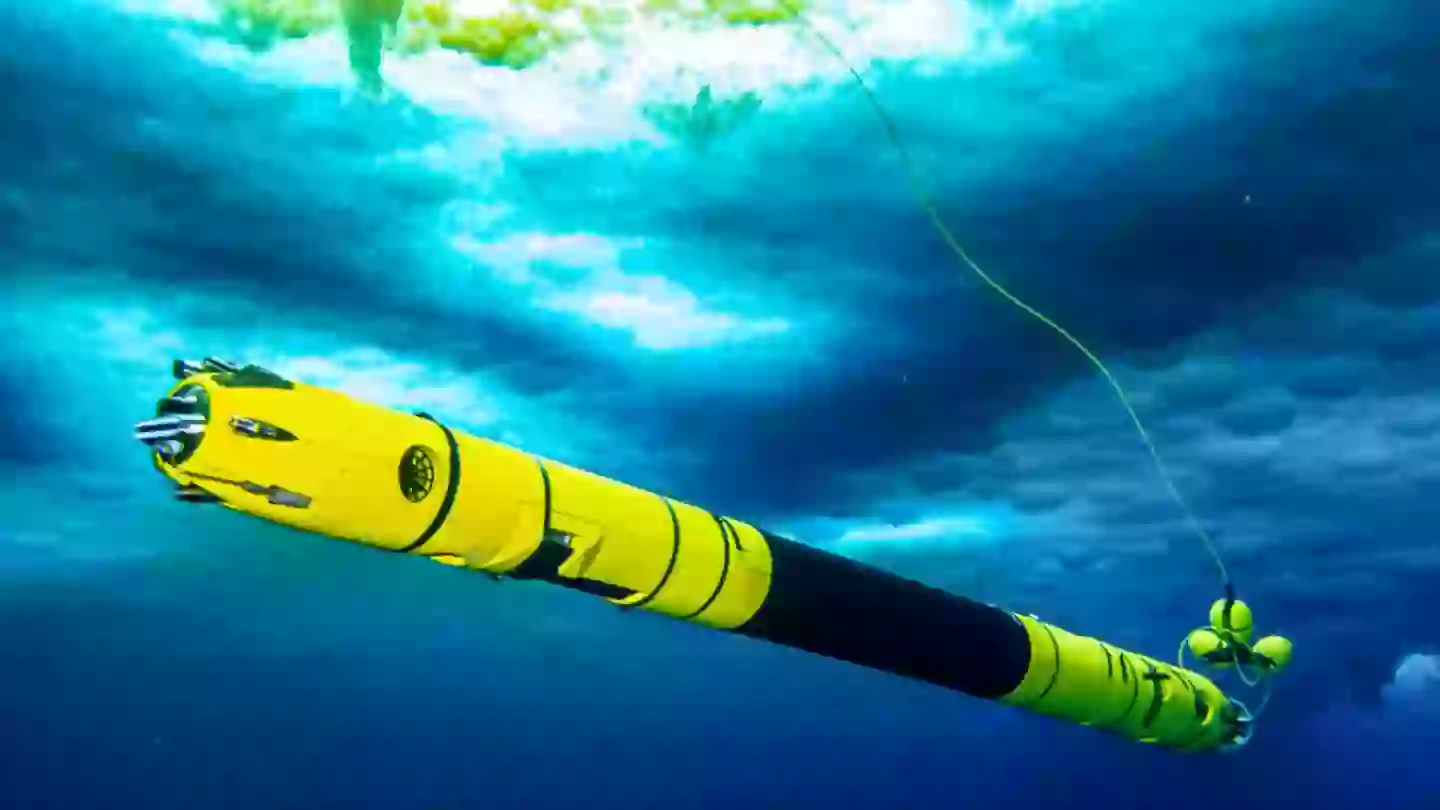Scientists are expressing concern following a recent finding after deploying a robot to explore the Thwaites Glacier, often referred to as the ‘Doomsday Glacier’.
The Thwaites Glacier is situated in West Antarctica and has garnered its ominous nickname due to the potential impact it could have on global sea levels.
The glacier, comparable in size to Florida, contains enough ice to raise sea levels by 3.3 meters if it were to fully melt.
Though this may not seem substantial, the past century has seen a global temperature increase of 1°C, significantly affecting our oceans and planet.
Researchers at the Thwaites Glacier site previously identified deepening cracks on the ice shelf, which is crucial for maintaining the glacier’s structural integrity.
These cracks were found to be deteriorating rapidly, prompting scientists to send a robot deep into the icy terrain to assess the situation more thoroughly.
In February 2023, results from the exploration were published. The robot, named ‘Icefin’, delved approximately 2,000 feet beneath the surface, capturing images and video.
Icefin also gathered critical data on temperature and salinity levels.
The findings were concerning, with an increased likelihood of accelerated melting potentially leading to the glacier’s collapse.

Peter Davis, the lead researcher, explained to CNN that the findings present “a very nuanced and complex picture.”
He stated, “The glacier is still in trouble. What we have found is that despite small amounts of melting there is still rapid glacier retreat, so it seems that it doesn’t take a lot to push the glacier out of balance.”
In 2024, Christine Dow, an associate professor of glaciology at the University of Waterloo, expressed hope that it might take at least 500 years for the glacier to melt.
“We really, really need to understand how fast the ice is changing, how fast it is going to change over the next 20 to 50 years,” she told Scientific American.
She continued, “We were hoping it would take a hundred, 500 years to lose that ice. A big concern right now is if it happens much faster than that.”
Should the glacier collapse, ocean levels could rise by 65 centimeters, which is indeed significant.

“It doesn’t sound like a lot, but if you think of how much ocean water we have in the world, that’s a huge volume,” Dow added.
In 2024, the Arête Glacier Initiative was launched to focus on ‘gathering critical data, advocating for National Science Foundation-led monitoring, and developing new technologies for Antarctic research’, according to their website.
Brent Minchew, a co-founder of the Arête Glacier Initiative and an associate professor of geophysics at MIT, told MIT Technology Review that “About a million people are displaced per centimeter of sea-level rise.
“If we’re able to bring that down, even by a few centimeters, then we would safeguard the homes of millions.”

